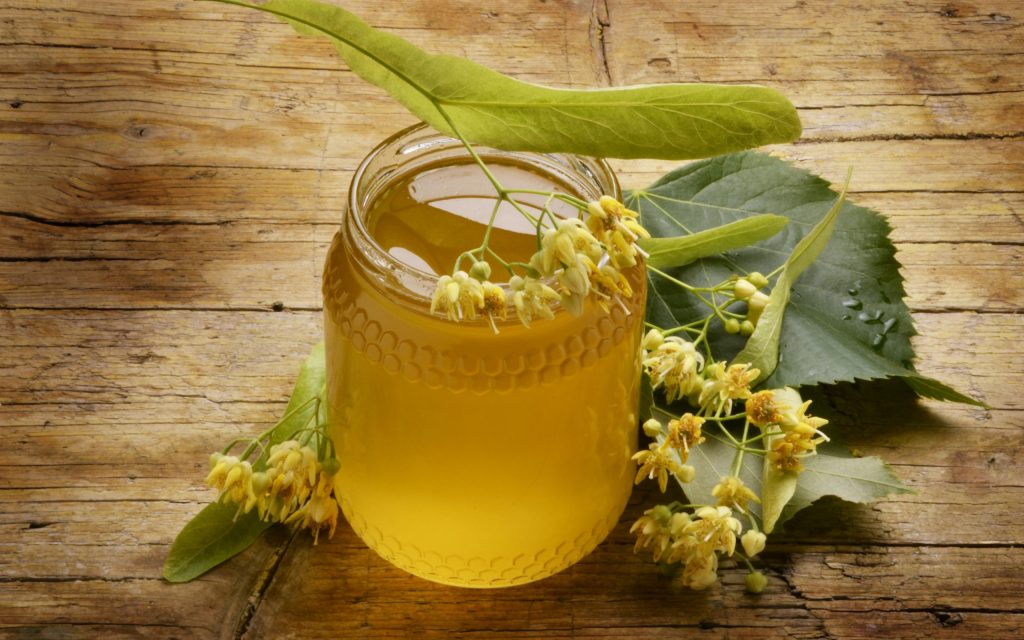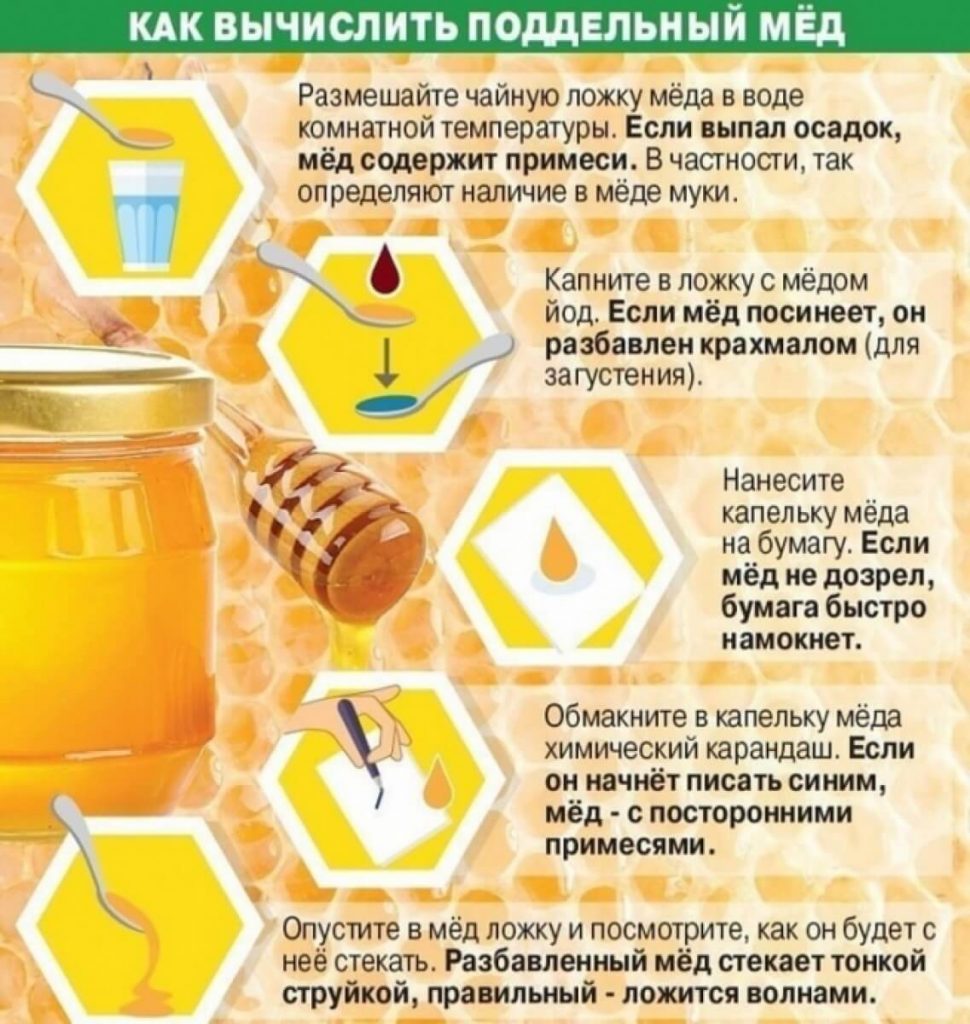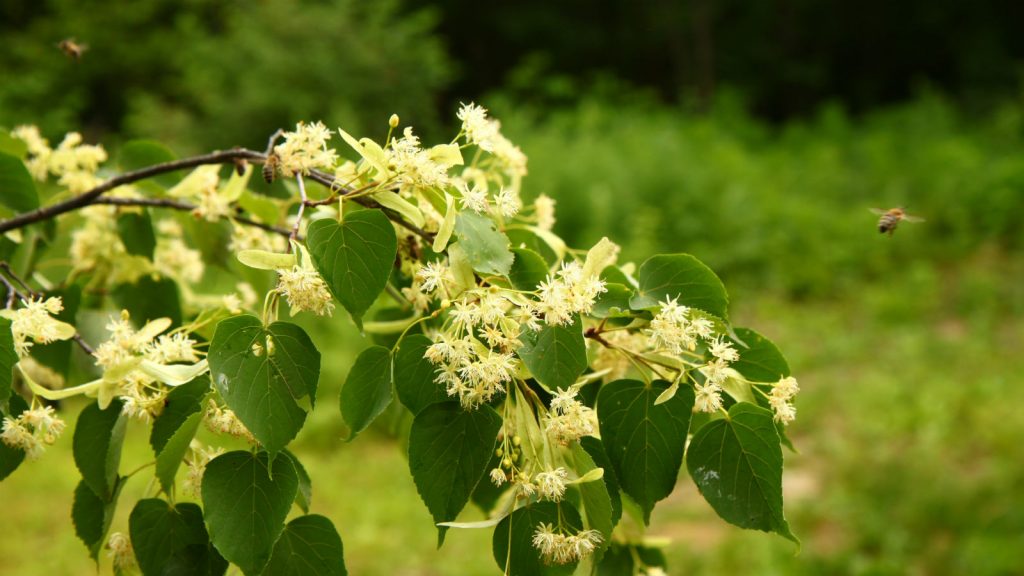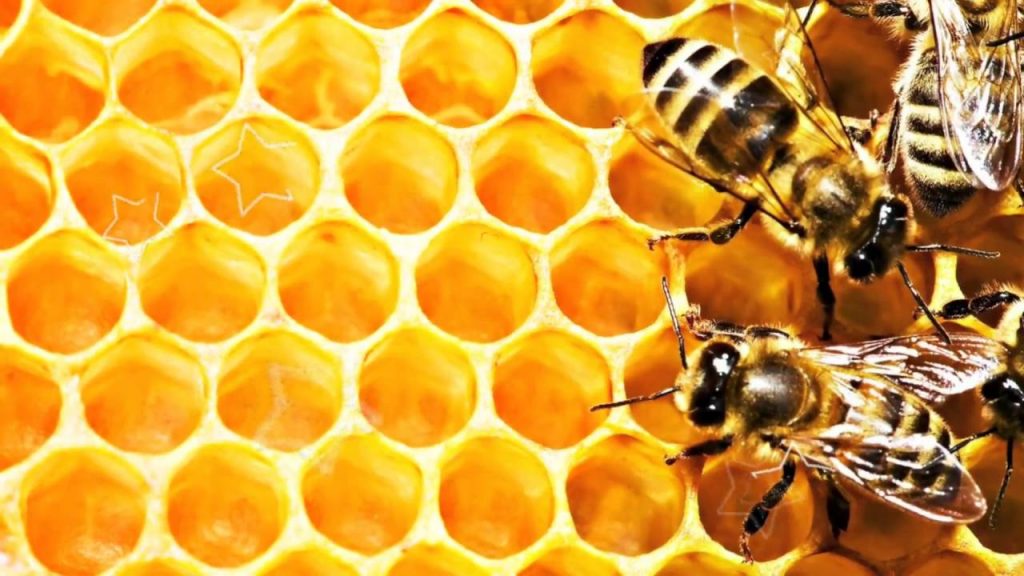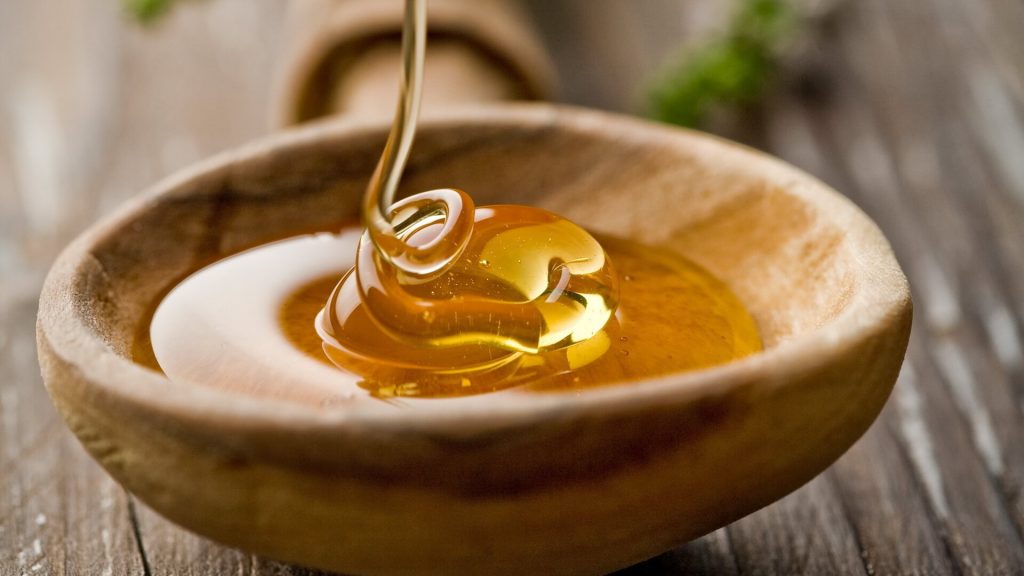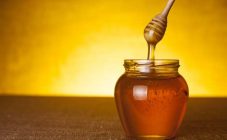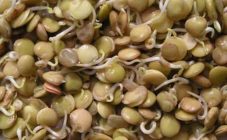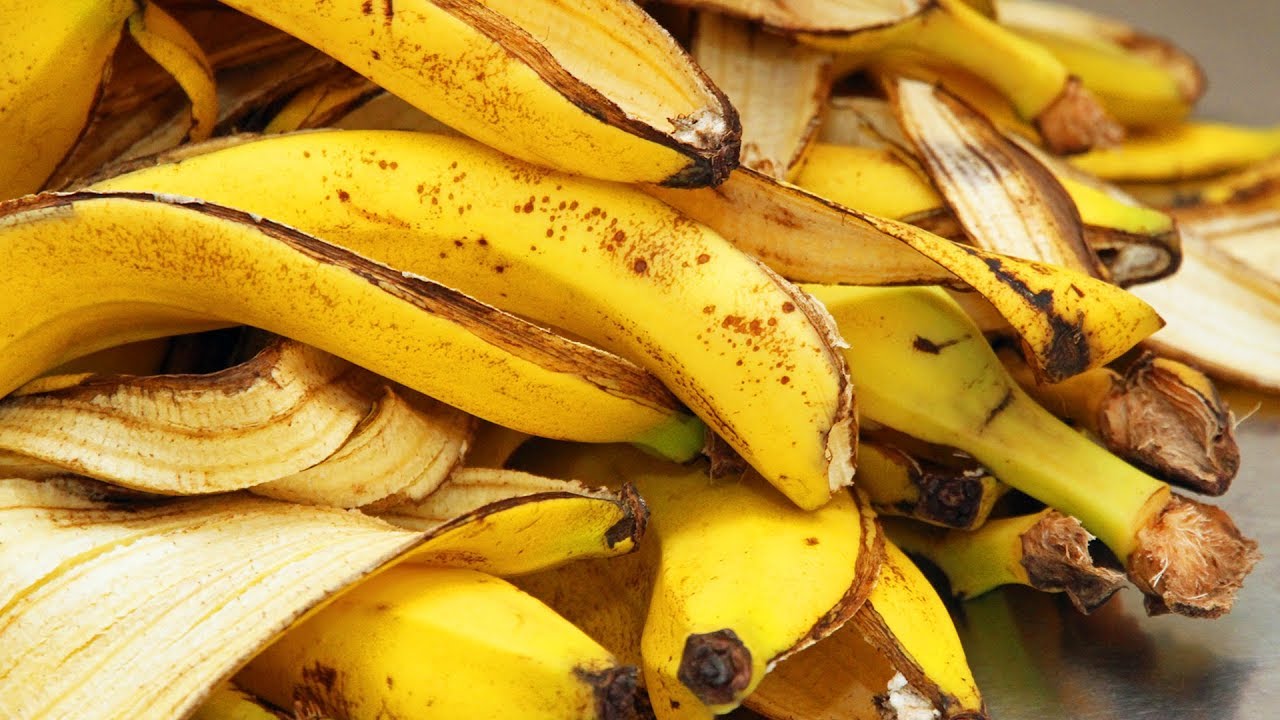Content:
Linden honey is appreciated for its taste, aroma and beneficial properties. The fresh product contains the highest micro- and macroelements. To get a good harvest, it is important to know the time, harvest characteristics and storage rules.
Description of linden honey
Linden - is considered an excellent honey plant. Linden honey is mainly collected in the Far East and the Republic of Bashkortostan. Linden is popularly called the queen among melliferous plants. During the flowering period of the tree, bees collect nectar. The scent of linden flowers attracts hardworking bees. The tree blooms in June or early July. On warm days with high humidity, most of the nectar is released. There is enough pollen from one linden tree to produce 16 kg of honey.
Characteristics of linden honey:
- Depending on the area where the linden tree grows, the color of honey is found. If the nectar is collected in the highlands, the honey will turn out to be dark yellow or brown, if in the taiga, then it will be pale yellow;
- Linden sweetness is a colorless transparent mass, sometimes a grayish or greenish tint is present. The color of future honey is also influenced by the percentage of flower nectar collected from other plants that grow next to linden trees. Fresh sweet mass should look yellowish, transparent;
- Sweet honey to taste, with a pronounced slightly bitter aftertaste, has a slightly tart aftertaste;
- Linden honey smells good. The fragrant aroma resembles the smell of linden flowers. The aroma can be described as follows: woody notes, with a hint of mint, there is a camphor and balsamic aroma;
- Specific features: the product is viscous, hygroscopic in consistency;
- In 2.5-3 months after pumping out, honey crystallizes, begins to sugar, becomes thick. The taste and useful qualities remain the same.
Sometimes linden honey can be confused with sweet clover. The taste of melilot honey can also be slightly bitter, but the smell of sweet clover and linden is different.
Composition of honey (vitamins and minerals)
Honey is considered linden if, upon microscopic analysis, it contains more than 80% of linden pollen.
Chemical composition:
- Proteins (0.3%) - accelerate metabolic processes in the body;
- Organic acids (0.1%) - citric, acetic, lactic, malic, grape, burshtinic, gluconic;
- Invert sugar - glucose (20-44%) and fructose (22-54%). The higher the percentage of invert sugar content, the better the product;
- Enzymes - lipase, diastase, catalase, alpha, -and beta-amylase. They retain their properties when honey is heated to 60 degrees;
- Trace elements and minerals: iron, fluorine, calcium, potassium, phosphorus, iodine, sodium, chromium and others. More than 37 micro, - and macrochemical elements in the product;
- Linden honey contains vitamins K, E, C, B and others.
Experienced beekeepers believe that the chemical composition depends on the weather conditions, the breed and the activity of the bees.
What properties does linden honey have?
Linden flowers are beneficial on their own, and bees further increase the usefulness of nectar.Linden honey is valued for its medicinal properties and is considered a natural medicine. It contains biologically active substances, mineral salts, vitamins, amino acids.
A natural product made by bees has a positive effect on the body, strengthens the immune system. Regular intake of honey is an excellent prevention against bacteria and viruses.
Linden honey has a diaphoretic effect on the body. It is used as an expectorant for upper respiratory tract infections.
Honey is recommended for use in case of digestive problems, cardiovascular diseases. It helps to cope with insomnia, depression, fatigue. It is a great remedy for fatigue. It is useful to take it before bedtime, it has a calming effect on the body.
Linden honey has found its application not only in folk medicine, but also in cosmetology. It is applied to hands and face for nourishment, skin color evening. Used as a strengthening and regenerating hair mask.
Used honey from linden flowers to treat skin diseases. It helps with burns, purulent wounds, eczema, is a drug in the treatment of mumps and measles in children.
A useful product can be used from childhood, if there are no contraindications. It is undesirable to dilute honey in tea or hot water. This is how its physicochemical parameters change, the beneficial properties are lost.
What time of year is it harvested and how
Far Eastern linden honey is harvested in the first week of July. Harvesting is done during the flowering period of linden. The people call the month of July linden.
When linden blossoms, bees work day and night, they return to the hive only to fill the combs, and again fly away for nectar. Approximately the complete collection of honey is produced in 2 weeks.
Experienced beekeepers recommend starting to pump honey in the morning. Harvesting can take until evening. In the evening, some bees can rest in the hive, so it is undesirable to disturb them. The amount of honey collected depends on the condition of the bees, weather conditions. In the spring-summer period, it is recommended to periodically observe the filling of the honeycomb in the hive after the main collection of honey.
The honey is pumped away from the bees. The room in which the pumping is performed must be ventilated.
Honey harvesting technology:
- Install removers. They are installed in the evening before the morning honey pumping. Removers can be inserted if there is no brood in the frame;
- Remove the frames from the hive. The frames must be removed carefully. They are slightly shaken, so the bees fall back into the hive. If bees remain on the frame, then they are removed with a special brush dipped in water. First, the second frame is removed;
- Print. After removing all the frames, the hive must be covered. With a knife, remove the sealed part of the cells. The honey mass is removed from the backing;
- Pump out the bee product. The frames are installed in the honey extractor (it is important to put the bottom part). The frames are inserted into the honey extractor symmetrically, without slopes and overweight. After the frame is turned over and collected from the back side;
- Return the frame to its original location.
A beekeeper will need special equipment for harvesting:
- Container for honey;
- Water;
- Knife;
- Smoker;
- Chisel;
- Honey extractor;
- Brush.
If novice beekeepers do not have a honey extractor available, then it will be difficult to pump out honey. The pressing method is used, but there is always a risk of damaging the honey frames. Sometimes the bee product is squeezed by hand. But it takes a lot of time and effort.
Recommendations on how to store honey:
- For storage, only clean containers should be used, without foreign odors.As utensils for honey you can use: wooden barrels, stainless steel flasks, glass jars;
- It is forbidden to store the product in lead or zinc containers. The acids that make up honey enter into a chemical reaction with metals, resulting in the release of toxic substances;
- The dishes must be tightly sealed;
- The bee product retains its beneficial properties at temperatures ranging from -20 to + 35 degrees. When the temperature regime is violated, the chemical composition of honey begins to change, it can ferment;
- Honey from the day of collection retains its beneficial properties throughout the year, subject to the storage rules. The most useful honey is fresh, transparent, slightly viscous consistency. Liquid honey is sold in summer or autumn (naturalness is determined by color and consistency). If it is on sale during the winter, it is most likely artificial or melted. The benefits of such a product are zero;
- You can store honey in combs. To do this, they must be wrapped in plastic wrap and removed to a cool, dark place. Honey sealed in combs can be stored for decades.
Linden honey: benefits and harms
The composition of linden honey, rich in vitamins and minerals, makes it a leader among other varieties.
It is used as a remedy to cure:
- Angina;
- ARI;
- Tracheitis;
- Laryngitis;
- Throat irritation, cough;
- Bronchitis.
The sweet product has antiseptic and bactericidal properties. It neutralizes germs and harmful bacteria in the oral cavity and prevents their development.
Linden honey is indicated for use in case of problems with the gastrointestinal tract. It helps to cure gastritis, ulcers (not acute) and other gastrointestinal diseases. Regular use improves the formation and secretion of gastric juice and bile.
The bee product cleanses the body, removes toxins. It has a positive effect on the retina of the eye, relieves inflammation and fatigue.
In winter, honey allows you to avoid chapping and chapping of the lips if you make a nourishing mask from a natural product before walking.
Linden honey is allowed for pregnant women and children in a small dosage. If the product is consumed daily in large doses, it can cause harm instead of benefit. This is especially true for people with allergies, diabetes mellitus. Flower nectar can cause runny nose, edema, watery eyes, skin rash, anaphylactic shock. Excessive consumption of honey provokes tachycardia, increases blood sugar levels.
If honey is used as a nourishing face or hand mask, then first test the product on a small area of the skin. It is applied to the back of the hand for several hours and the reaction of the skin is observed. If small red spots or pimples appear, then it cannot be used externally for this type of skin.
Contraindications and restrictions
Not everyone can use lime honey.
The natural product has a number of contraindications that are recommended to be taken into account:
- Allergy or individual intolerance to the components that make up honey;
- It is undesirable to use a bee product for people with poor blood clotting;
- Diabetes;
- Obesity;
- Children under the age of 3;
- Acute liver disease.
If there are contraindications, then a doctor's consultation is required before use. He will be able to indicate a safe dosage if the contraindication is relative.
Recommendations for the use of linden honey
If you know how, when and in what dosage to take honey, you can improve your health and appearance.
Usage tips:
- Allergy test. You need to put some honey on the tip of your tongue. If sore throat begins, breathing is difficult, then this type of honey is not suitable. It is forbidden to conduct a test for people with allergies - it can cause significant harm to health. It is best to check the reaction to honey in a hospital, under the supervision of a doctor;
- Dosage for pregnant women.During pregnancy, a woman's body needs to be replenished with vitamins and minerals that linden honey is rich in. The daily daily dose should be no more than a teaspoon. If there are contraindications from the doctor, then the reception is stopped;
- Breastfeeding period. Vital substances are supplied to the child through the mother's milk. An increased dosage of honey in the mom's menu can cause the baby to develop allergies. Therefore, it is recommended to consume honey no more than a teaspoon per day, after feeding, be sure to monitor the baby's reaction. If a rash occurs, stop taking honey:
- Lure. After the age of three, you can start giving honey to children. The daily dose is a third of a teaspoon. Before admission, a consultation with a pediatrician is required;
- With diseases of the gastrointestinal tract. If a person suffers from gastritis (not in an acute form), then honey syrup will help him. A tablespoon of honey must be dissolved in warm water (200 ml). The water should not be hot. Drinking the syrup is recommended in the morning;
- With a cold. Keep a tablespoon of honey in your mouth until it is completely dissolved, then drink a glass of warm milk. The procedure is carried out in the morning, afternoon, evening;
- Hair Mask. Mix 2 tablespoons of honey, lemon juice (1/2). Apply the mixture to hair, distribute evenly. Cover your head with a film or shower cap. Keep the mask for 10-15 minutes, then rinse your hair under warm water. It is enough to do a nourishing mask once a week for a month, then a break for a month.
Linden honey can be beneficial to the body when used correctly. Its pleasant taste and aromatic aroma will make it a favorite dessert. If you follow the storage conditions, then all winter at home there will be a storehouse of vitamins in a jar.
